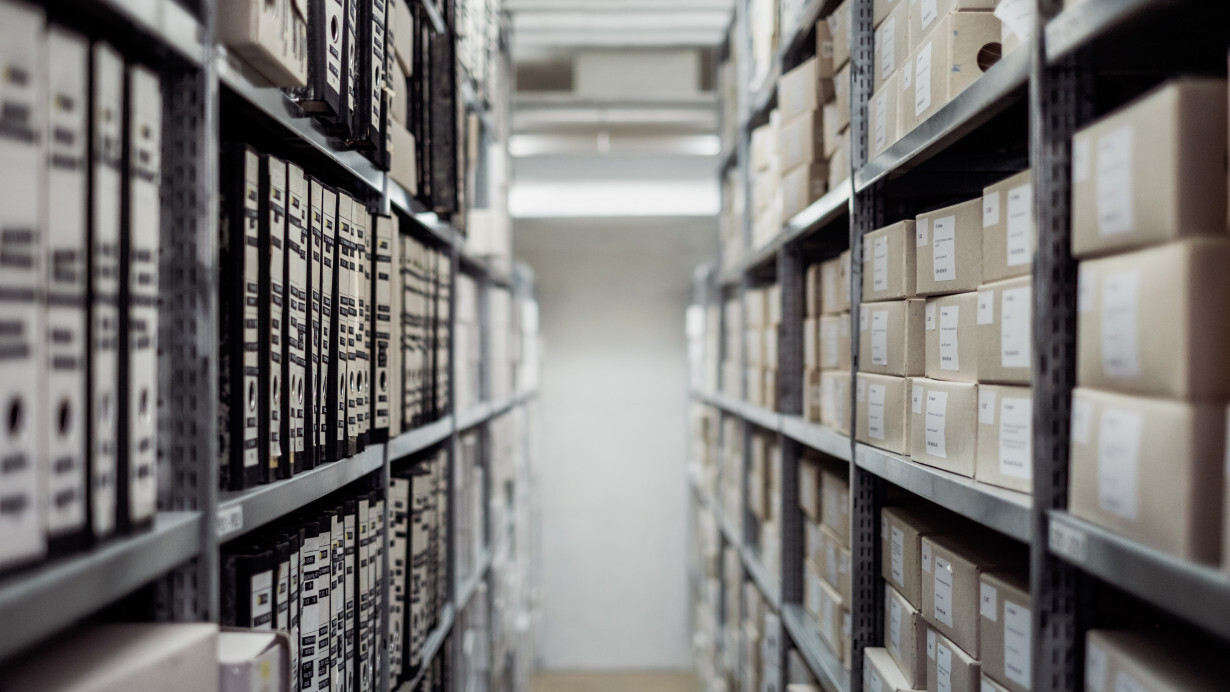
It should be common sense that everything you use or wear had to be produced somewhere. From the iPhone you use to call friends to the pan you use to cook your meals, everything first started as a raw material.
While most people don’t think about what is involved in producing the products we use daily, when you think about the stakeholders needed to bring a product to life, it becomes mind-blowing.
Products start out as design specifications (specs); the more technical a product, the more detailed those specs need to be. Once a company has confirmed specs, they try to connect with a factory capable of following them and producing a quality product en route to production run. They then need to import said product to their warehouse and ship it out to their end customer.
This process is not new.
In fact, trading companies have been around for centuries. What’s changed, however, is the way a company moves through this process through software. Though it sounds unsexy, there are three major startups flipping the industry on it’s head. If you’re looking to bring a product to life or interested in learning more about supply chain innovation, give these companies a look:
1) TechPacker
The first step towards a successful production run is sorting out the specs of your product with a factory. Typically, this usually involves a manual process and often requires a whole team to handle.
TechPacker, a startup that enables you to create tech packs 70% faster than traditional methods, has enabled companies to easily edit specs with their factories. Their platform makes it simple to convert your tech pack into a PDF and automatically update tech pack cards at once.

Even better, everything is managed in the cloud.
When a brand now looks to start a new production run, they can streamline the design process needed to produce apparel. They take on a visual approach so even a beginning designer can make use of their software.
2) Sourcify
After you have your designs sorted, the next step in bringing a product to life will be dealing with your factory. This is where Sourcify comes in, revolutionizing the $600 billion sourcing industry.
Their platform connects you with a pre-vetted factory so that production is properly managed from start to finish. This means you can cut costs and lead times, while feeling confident in your manufacturing partner.
Most of the factories they work with are in Asia, so if you aren’t looking to produce overseas, they might not be the right fit. If you’re looking to create your own products or private-label brands, manufacturing overseas is often the best approach to take.
Though they can’t help with dropshipping products, their focus is on the more scalable brands often grown through Shopify.
3) Flexport
Most people consider the freight forwarding industry to be boring. It’s seen as “old school” and largely dominated by incumbent players like DHL and Fedex. That said, for smaller shippers selling through e-commerce platforms, the importation process is typically managed by smaller freight forwarding brokers that have no software to rely upon.

The problem in dealing with these brokers is that there is little transparency, shipments are often mismanaged, and tracking your shipment through a port can be a (major) headache.
This is where Flexport comes in with the development of their freight-forwarding software. You send in the specs of what you need shipped and Flexport helps handle the rest. This enables you to have transparent shipments and easily track where your freight is at.
Supply chain software is here to stay
Shipping products can be a nightmare; having an effective process to import your products is crucial to an effective supply chain. Everyone involved in the supply chain industry will benefit from the use of software. Even as consumers, the utilization of software can lower costs through increased efficiency.
Next time you go to purchase a new product, try to think about what was involved to get that product from a factory floor to your retailer’s door.
Get the TNW newsletter
Get the most important tech news in your inbox each week.




